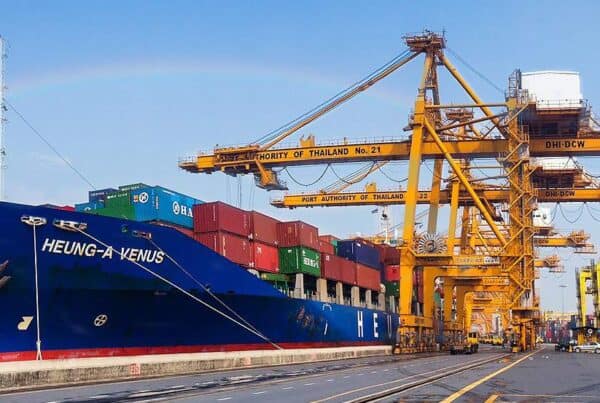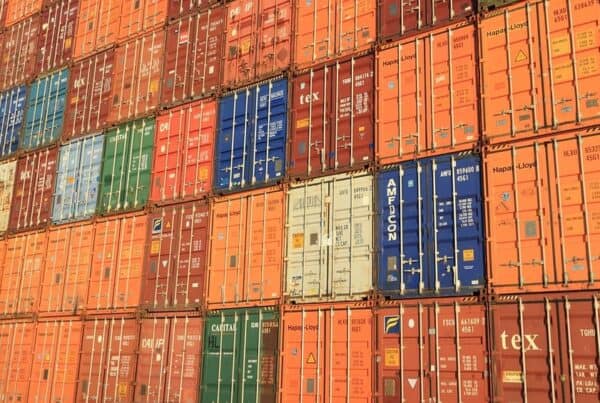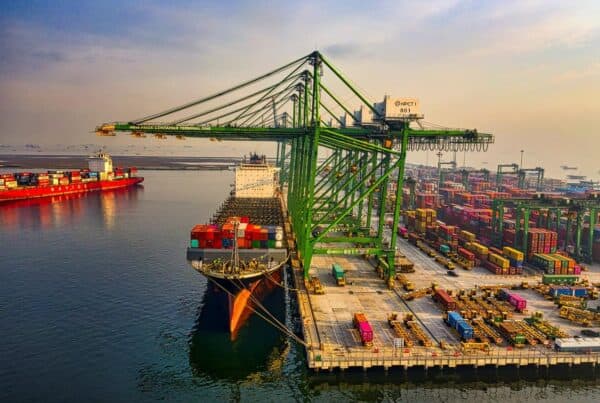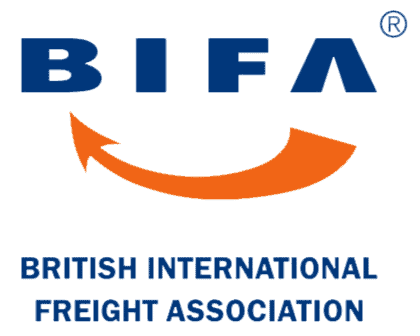In 200BC the Silk Road was a network of trading routes connecting the East and West from China around Asia, where caravans from China carried silk and other wears. In those days, this route was a vital contributor to China’s wealth and its political relationships with other countries. But, it wasn’t just Chinese traders using this route – everyone did. The Silk Road became something of an artery for Asia, carrying valuable trade and wealth around the countries. Today, we see the Silk Road reinvented and restored thanks to train power, soon capable of regularly transporting to Europe.
‘One Belt, One Road’ was the strategy that Chinese president Xi Jinping unveiled in 2013 and now it seems as though this idea may be closer to reality than we think. Xi Jinping’s ambition has been to bring China closer to the rest of the world and improve trade relations as well as political and economic relations with other countries around Asia and Europe. The Silk Road today, now used by freight trains rather than caravans, is 7,456 miles long and it will take the train around 18 days to reach its destination. Beginning from Yiwu, China, the train will make its way through Kazakhstan, Russia, Belarus, Poland, Germany, Belgium and France before completing its journey in London. This train won’t be a tourist train by any means. It is a freight train, necessary for rekindling a trading relationship between China and Europe. This New Silk Road is the first ever direct rail link between China and Britain.
So far, there has already been a lot of positivity stemming from this achievement. It’s expected that not only the British and Chinese economies will be benefitting from the Silk Road, but also the economies of the surrounding countries. New trading options have opened up all over Eurasia, which can help to resolve some of the uncertainty that was born from Brexit. Those transporting freight around Eurasia also now have several transportation options rather than just the one, which is bound to improve freight forwarding businesses as well. Only a few years ago, transporters could only haul large cargo one of two ways; by air or by sea. Transporting cargo by water is cheaper, but it also tends to be a lot slower, while transporting cargo by air is a lot faster but can be more expensive. The addition of this train route allows freight forwarders to make more cost effective decisions while also aiming for the best possible results. However, the Silk Road isn’t without its downfalls.
Along this journey there is one particular logistics issue that has yet to be overcome. Due to trains in different countries having different track gauges, the freight needs to swap trains partway through the journey between China and Britain. While this seems to be the worst of the problems associated with the route for the time being, only time will tell if the Silk Road will bring as much prosperity as we hope. Here, however, we are staying positive and seeing the Silk Road as a great step in expanding and improving the freight forwarding industry.
If you’re looking for a shipping solution to Europe, feel free to contact us at Barrington Freight and receive a quote.





